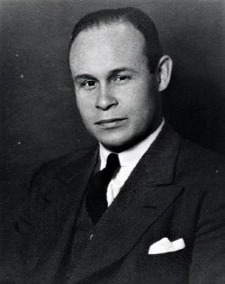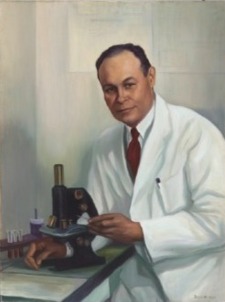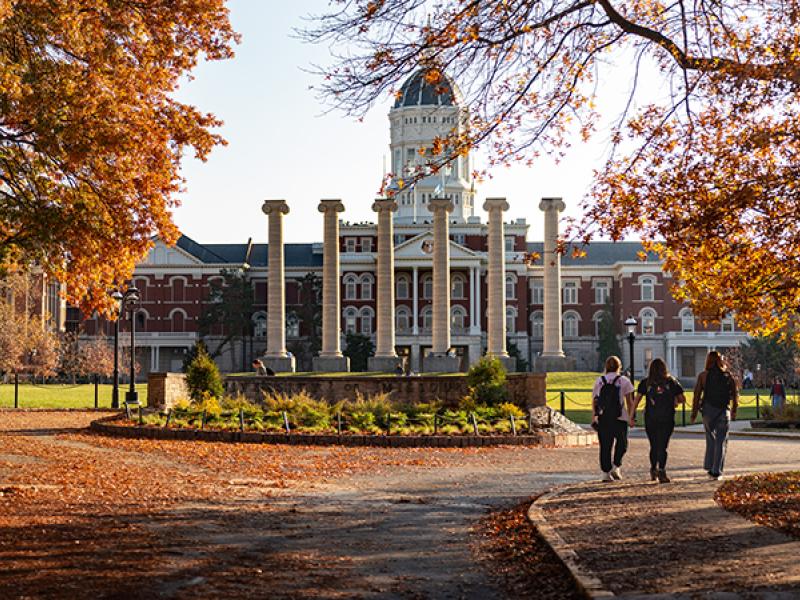Dear Colleagues,
At MU Health Care, we perform blood transfusions on a daily basis. Blood transfusions are so routine around the world that we do not give much thought to the pioneering scientists who made them possible.
One of the scientists who made modern transfusions possible is Dr. Charles Richard Drew (1904-1950). Born in Washington, D.C., to a carpet layer and a schoolteacher, young Charles Drew was a very bright high school athlete.
After attending Amherst College in Massachusetts, he did not have enough money for medical school, and he taught biology and was an athletic director at Morgan State College. Eventually, he was accepted to McGill University Medical School in Canada, and he came under the tutelage of a British doctor named Dr. John Beattie, who was interested in blood transfusions. Dr. Drew found Canada very welcoming to African Americans. He graduated near the top of his class and excelled both academically and in sports as he led Canada to several track championships.

He ultimately became an intern at Montreal General Hospital and focused in the area of surgery and in the emergency room. In the United States in the 1930s, African Americans could only do internships at Black hospitals. While Dr. Drew was in medical school, the Nobel prize was awarded to Dr. Karl Landsteiner who showed that all persons have one of four different types of blood: A, B, AB and O. Even with this discovery, blood preservation and storage remained an issue. Even if the right blood type could be found for a patient, by the time the blood typing was performed the blood would oftentimes be unusable because it would clot.
Dr. Drew obtained a research fellowship to train at Columbia Medical School in New York City. There, he not only worked on the problem of blood preservation but he also obtained a doctor of science degree — the first granted to an African American in the United States, and he was certified as a surgeon.
He became an authority on solving the technical problems of collecting blood in blood banks, and in 1942 he patented a device that improved the process of preserving blood. He also discovered that if blood was stored in the form of plasma, it could be kept refrigerated for extended periods of time. This discovery became crucial as World War II broke out and more and more blood products were required to keep injured soldiers alive and treat shock from blood loss. The American Red Cross put Dr. Drew in charge of a nationwide program to collect and dispatch blood products, particularly plasma, from the United States to Europe.
He standardized procedures at all participating hospitals for collecting and processing blood products to avoid contamination. However, as the project became successful from a technical standpoint, the armed services informed the American Red Cross that blood from African Americans would not be acceptable. This resulted in many who protested this policy, but the armed services’ initial solution was to allow African American blood to be collected but it would be segregated. Dr. Drew resigned.

He was quoted at the time in a newspaper saying:
"There are many who have a real fear born of ignorance that the blood of a Negro carries with it the possibility of their offspring having dark skin and other characteristics of the Negro race. Only extensive education, continued wise government and an increasing fight on our part to disseminate the scientific facts and raise our levels of achievement can overcome this prejudice which to a large extent is founded on ignorance."
Eventually, the armed services and the American Red Cross canceled the policy, but the experience discouraged Dr. Drew and he ultimately returned to full-time surgical practice. After the war, he practiced and taught at Howard University where he trained many Black surgeons. He also continued to fight for equal treatment in the field of medicine for African Americans. He fought the American Medical Association policy to not accept African Americans into the society and he created a separate group, the National Medical Association, to which most Black physician eventually joined. The AMA never allowed Black individuals to enter during his lifetime.
Dr. Drew unfortunately had an early and untimely death. He was invited to attend a medical conference at the Tuskegee Institute in Alabama. He took three young Black surgical residents to experience the conference, but the residents could not afford the train fare, so Drew drove them in his car. Driving late at night, Dr. Drew’s car veered off the road and crashed. He was killed, but fortunately the three residents were unhurt. One of the many tributes that came in following his death said:
"Handsome, modest, well-endowed both physically and mentally, he is a living refutation of the myth of white supremacy. He has fought his way up through the dense mass of discrimination that only a Negro knows. He is an all-American caliber, a man deserving homage from all, Black and white."
So, the next time you hear about a patient at MU Health Care getting a blood transfusion, think of Dr. Charles Richard Drew.
Sincerely,

Rick Barohn, MD
Executive Vice Chancellor for Health Affairs
University of Missouri
rbarohn@health.missouri.edu





